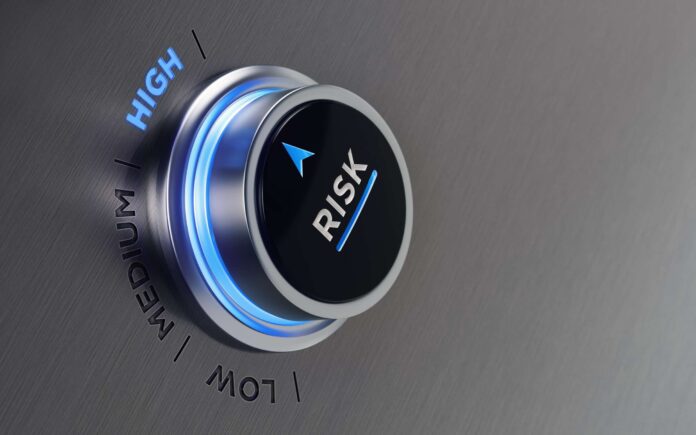Banks use various criteria to determine a business’s risk level. The most crucial considerations include the company’s industry, size, and credit history. To make an educated judgment regarding lending money to a business, banks will research various public databases and contact trade organizations for information about a company’s risk level.
What is a high-risk business?
High-risk merchant accounts are usually associated with businesses with a high chance of chargebacks or fraud. It could be because the products or services sold are high-value items often resold or because the industry is prone to fraudulent activity. Some examples of high-risk industries include online gambling, adult entertainment, and pharmaceuticals.
Why are high-risk businesses considered high risk?
There are a few reasons why high-risk businesses are often considered high-risk by banks. First, high-risk businesses are more likely to experience chargebacks. Chargebacks occur when a customer disputes a charge with their credit card company. It can happen for various reasons, including if the customer never received the product they ordered or if they felt that the product was not as described.
Second, high-risk businesses are more likely to experience fraud. Fraud occurs when a customer’s credit card information is stolen and used to make unauthorized purchases. It can happen if a business doesn’t have adequate security measures to protect customer data.
Lastly, high-risk businesses may have difficulty obtaining traditional financing from banks. Due to the higher likelihood of default, banks frequently hesitate to lend money to high-risk businesses. As a result, high-risk businesses may need to seek out alternative sources of financing, such as private investors or merchant cash advance providers.
Banks use various factors to determine a business’s risk level, including its credit score, industry, and size
A business’s credit score is one of the banks’ most critical factors in determining risk. A high credit score means that a business is more likely to repay its debts, while a low credit score indicates that a company may have difficulty making payments in the future.
A company’s industry is also an essential factor in determining risk. Some industries, such as retail and healthcare, are considered low-risk, while others, such as gambling and adult entertainment, are considered high-risk. It is because businesses in high-risk industries are more likely to default on their loans than those in low-risk industries.
The size of a company is another crucial factor in determining risk. Small businesses are considered high-risk because they have fewer financial resources than large businesses and are more likely to default on their loans.
A company’s credit history is also an essential factor in determining risk. Companies with a history of late payments or bankruptcies are considered high-risk, while those with a clean credit history are considered low-risk.
Banks will also research public databases, such as the Better Business Bureau, for information about a company’s risk level. They may also contact trade organizations like the Chamber of Commerce for industry-specific information.
To make a well-informed judgment about whether to lend money to a business, banks will research various public databases and contact trade organizations for information about a company’s risk level. By considering all these factors, banks can make more informed decisions about which businesses to lend money to and which to avoid.
When you apply for a loan from a bank, the institution will use various methods to determine whether your business is high-risk or low-risk. Banks’ most important factors include your company’s credit score, industry, size, and credit history. By considering all these factors, banks can make more informed decisions about which businesses to lend money to and which to avoid.
If you’re considering applying for a loan, check your credit score and brush up on your company’s financial history beforehand. Understanding your business’s risk level will help you prepare for the lending process and increase your chances of getting approved for a loan.
There are several steps you may take to make your business appear less risky to banks
One way is to ensure that your company has a high credit score. You can do this by paying your bills on time and maintaining a good credit history. Another way to make your business appear more low-risk is to operate in a low-risk industry. Retail and healthcare are typically considered low risk, while businesses in high-risk industries like gambling and adult entertainment are more likely to default on their loans.
Finally, you can make your business appear more low risk by ensuring that it is the right size. Small businesses are typically considered high risk because they have fewer financial resources than large businesses.
Conclusion
Banks use various methods to determine a business’s risk level. Banks’ most important factors include the company’s credit score, industry, size, and credit history. By considering all these factors, banks can make more informed decisions about which businesses to lend money to and which to avoid. You can do some things to make your business appear more low-risk to banks, such as keeping a clean credit history and paying your bills on time. By taking these steps, you can increase your chances of getting approved for a loan from a bank.











